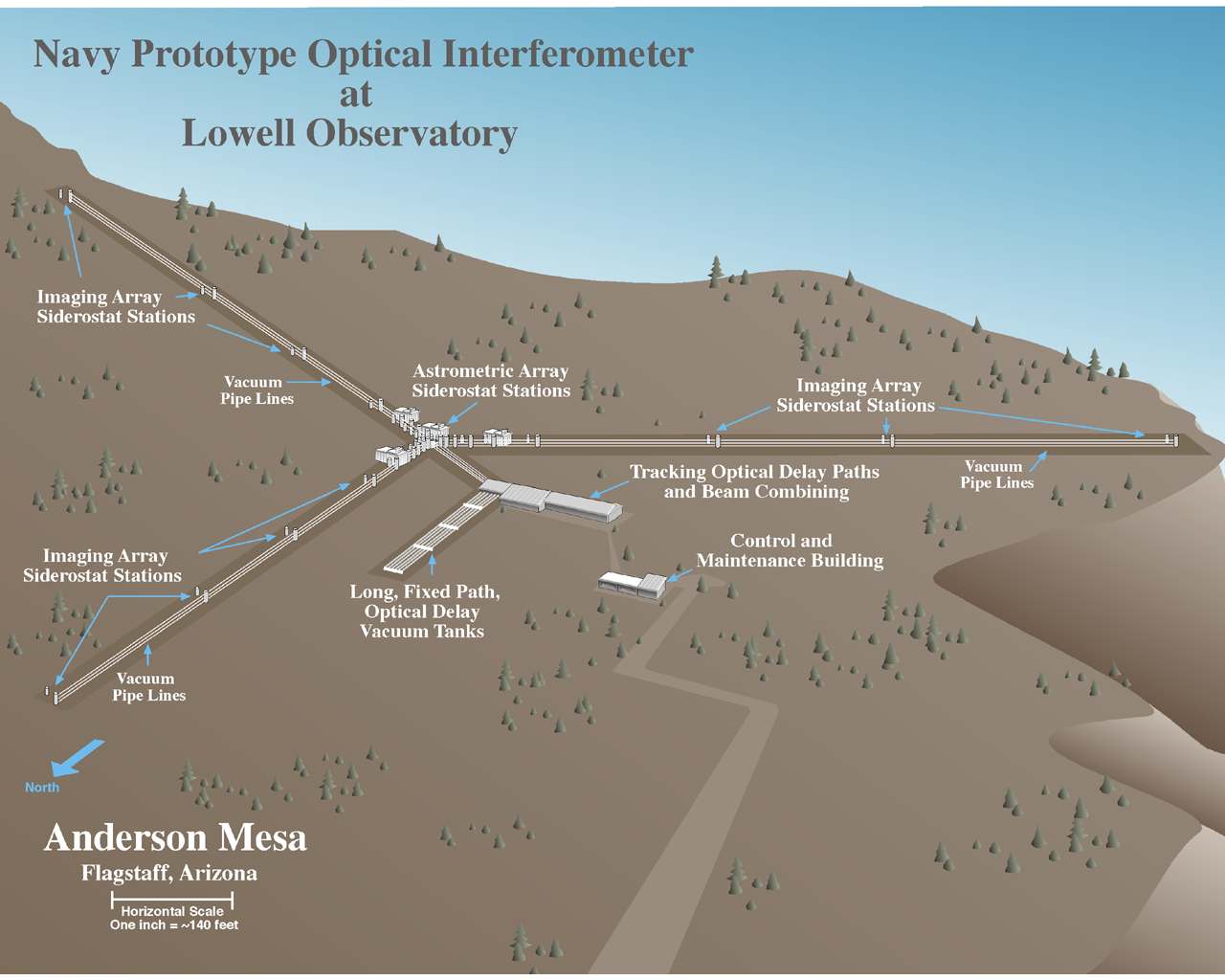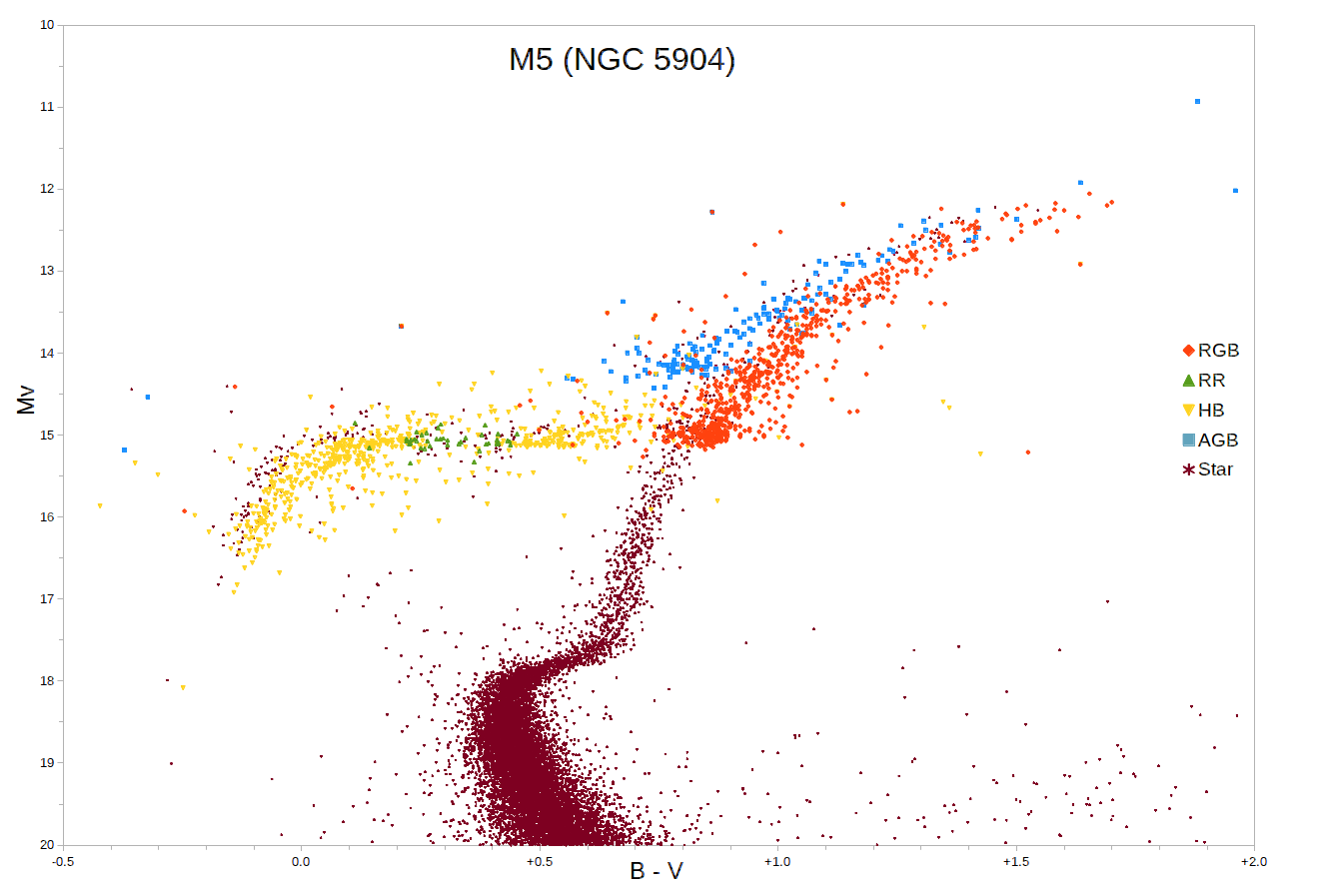|
Rasalas
Mu Leonis (μ Leonis, abbreviated Mu Leo, μ Leo), also named Rasalas , is a star in the constellation of Leo. The apparent visual magnitude of this star is 3.88, which is bright enough to be seen with the naked eye. Based upon an annual parallax shift of 0.02628 arc seconds as measured by the Hipparcos satellite, this system is from the Sun. In 2014, an exoplanet was discovered to be orbiting the star. Nomenclature ''μ Leonis'' ( Latinised to ''Mu Leonis'') is the star's Bayer designation. It bore the traditional names ''Rasalas'' and ''Alshemali'', both abbreviations of ''Ras al Asad al Shamaliyy''. In 2016, the International Astronomical Union organized a Working Group on Star Names (WGSN) to catalogue and standardize proper names for stars. The WGSN approved the name ''Rasalas'' for this star on 12 September 2016 and it is now so included in the List of IAU-approved Star Names. Properties Mu Leonis is an evolved K-type red giant star with a stellar classificat ... [...More Info...] [...Related Items...] OR: [Wikipedia] [Google] [Baidu] |
Leo (constellation)
Leo is one of the constellations of the zodiac, between Cancer (constellation), Cancer the crab to the west and Virgo (constellation), Virgo the maiden to the east. It is located in the Northern celestial hemisphere. Its name is Latin for lion, and to the ancient Greeks represented the Nemean Lion killed by the mythical Greek hero Heracles as one of his Twelve Labours, twelve labors. Its old astronomical symbol is (♌︎). One of the 48 constellations described by the 2nd-century astronomer Ptolemy, Leo remains one of the 88 modern constellations today, and one of the most easily recognizable due to its many bright stars and a distinctive shape that is reminiscent of the crouching lion it depicts. Features Stars Leo contains many bright stars, many of which were individually identified by the ancients. There are nine bright stars that can be easily seen with the naked eye, four of the nine stars are either first or second magnitude which render this constellation especially ... [...More Info...] [...Related Items...] OR: [Wikipedia] [Google] [Baidu] |
Exoplanet
An exoplanet or extrasolar planet is a planet outside the Solar System. The first confirmed detection of an exoplanet was in 1992 around a pulsar, and the first detection around a main-sequence star was in 1995. A different planet, first detected in 1988, was confirmed in 2003. In 2016, it was recognized that the first possible evidence of an exoplanet had been noted in 1917. In collaboration with ground-based and other space-based observatories the James Webb Space Telescope (JWST) is expected to give more insight into exoplanet traits, such as their composition, environmental conditions, and potential for life. There are many methods of detecting exoplanets. Transit photometry and Doppler spectroscopy have found the most, but these methods suffer from a clear observational bias favoring the detection of planets near the star; thus, 85% of the exoplanets detected are inside the tidal locking zone. In several cases, multiple planets have been observed around a star ... [...More Info...] [...Related Items...] OR: [Wikipedia] [Google] [Baidu] |
Navy Precision Optical Interferometer
The Navy Precision Optical Interferometer (NPOI) is an American astronomical interferometer, with the world's largest baselines, operated by the Naval Research Laboratory (NRL). Until the end of 2022, it was operated by a consortium that included NRL with the Naval Observatory Flagstaff Station (NOFS) and Lowell Observatory. The NPOI primarily produces space imagery and astrometry, the latter a major component required for the safe position and navigation of all manner of vehicles for the DoD. The facility is located at Lowell's Anderson Mesa Station on Anderson Mesa about southeast of Flagstaff, Arizona (US). Until November 2011, the facility was known as the Navy Prototype Optical Interferometer (NPOI). Subsequently, the instrument was temporarily renamed the Navy Optical Interferometer, and now permanently, the Kenneth J. Johnston Navy Precision Optical Interferometer (NPOI) – reflecting both the operational maturity of the facility, and paying tribute to its principal dr ... [...More Info...] [...Related Items...] OR: [Wikipedia] [Google] [Baidu] |
Interferometry
Interferometry is a technique which uses the ''interference (wave propagation), interference'' of Superposition principle, superimposed waves to extract information. Interferometry typically uses electromagnetic waves and is an important investigative technique in the fields of astronomy, Optical fiber, fiber optics, engineering metrology, optical metrology, oceanography, seismology, spectroscopy (and its applications to chemistry), quantum mechanics, Nuclear physics, nuclear and particle physics, plasma physics, interactome, biomolecular interactions, surface profiling, microfluidics, mechanical stress/strain measurement, velocimetry, optometry, and making holograms. Interferometers are devices that extract information from interference. They are widely used in science and industry for the measurement of microscopic displacements, refractive index changes and surface irregularities. In the case with most interferometers, light from a single source is split into two beams that ... [...More Info...] [...Related Items...] OR: [Wikipedia] [Google] [Baidu] |
Stellar Spectrum
Astronomical spectroscopy is the study of astronomy using the techniques of spectroscopy to measure the spectrum of electromagnetic radiation, including visible light, ultraviolet, X-ray, infrared and radio waves that radiate from stars and other celestial objects. A stellar spectrum can reveal many properties of stars, such as their chemical composition, temperature, density, mass, distance and luminosity. Spectroscopy can show the velocity of motion towards or away from the observer by measuring the Doppler shift. Spectroscopy is also used to study the physical properties of many other types of celestial objects such as planets, nebulae, galaxies, and active galactic nuclei. Background Astronomical spectroscopy is used to measure three major bands of radiation in the electromagnetic spectrum: visible light, radio waves, and X-rays. While all spectroscopy looks at specific bands of the spectrum, different methods are required to acquire the signal depending on the freque ... [...More Info...] [...Related Items...] OR: [Wikipedia] [Google] [Baidu] |
Calcium
Calcium is a chemical element; it has symbol Ca and atomic number 20. As an alkaline earth metal, calcium is a reactive metal that forms a dark oxide-nitride layer when exposed to air. Its physical and chemical properties are most similar to its heavier homologues strontium and barium. It is the fifth most abundant element in Earth's crust, and the third most abundant metal, after iron and aluminium. The most common calcium compound on Earth is calcium carbonate, found in limestone and the fossils of early sea life; gypsum, anhydrite, fluorite, and apatite are also sources of calcium. The name comes from Latin ''calx'' " lime", which was obtained from heating limestone. Some calcium compounds were known to the ancients, though their chemistry was unknown until the seventeenth century. Pure calcium was isolated in 1808 via electrolysis of its oxide by Humphry Davy, who named the element. Calcium compounds are widely used in many industries: in foods and pharmaceuticals for ... [...More Info...] [...Related Items...] OR: [Wikipedia] [Google] [Baidu] |
Cyanogen
Cyanogen is the chemical compound with the chemical formula, formula . Its structure is . The simplest stable carbon nitride, it is a Transparency and translucency, colorless and highly toxic gas with a pungency, pungent odor. The molecule is a pseudohalogen. Cyanogen molecules are linear molecular geometry, linear, and consist of two CN groups ‒ analogous to diatomic halogen molecules, such as chlorine, Cl, but far less oxidizing. The two cyanide, cyano groups are bonded together at their carbon atoms, though other isomers have been detected. The name is also used for the CN radical, and hence is used for compounds such as cyanogen bromide () (but see also ''Cyano radical''). When burned at increased pressure with oxygen, it is possible to get a blue tinted flame, the temperature of which is about 4800°C (a higher temperature is possible with ozone). It is as such regarded as the gas with the second highest temperature of burning (after dicyanoacetylene). Cyanogen is the anhy ... [...More Info...] [...Related Items...] OR: [Wikipedia] [Google] [Baidu] |
Absorption Line
Absorption spectroscopy is spectroscopy that involves techniques that measure the absorption (electromagnetic radiation), absorption of electromagnetic radiation, as a function of frequency or wavelength, due to its interaction with a sample. The sample absorbs energy, i.e., photons, from the radiating field. The intensity of the absorption varies as a function of frequency, and this variation is the #Absorption spectrum, absorption spectrum. Absorption spectroscopy is performed across the electromagnetic spectrum. Absorption spectroscopy is employed as an analytical chemistry tool to determine the presence of a particular substance in a sample and, in many cases, to quantify the amount of the substance present. Infrared spectroscopy, Infrared and ultraviolet–visible spectroscopy are particularly common in analytical applications. Absorption spectroscopy is also employed in studies of molecular and atomic physics, astronomical spectroscopy and remote sensing. There is a wide r ... [...More Info...] [...Related Items...] OR: [Wikipedia] [Google] [Baidu] |
Red Giant Branch
The red-giant branch (RGB), sometimes called the first giant branch, is the portion of the giant branch before helium ignition occurs in the course of stellar evolution. It is a stage that follows the main sequence for low- to intermediate-mass stars. Red-giant-branch stars have an inert helium core surrounded by a shell of hydrogen fusing via the CNO cycle. They are K- and M-class but much larger and more luminous than main-sequence stars of the same temperature. Discovery Red giants were identified early in the 20th century when the use of the Hertzsprung–Russell diagram made it clear that there were two distinct types of cool stars with very different sizes: dwarfs, now formally known as the main sequence; and giant star, giants. The term ''red-giant branch'' came into use during the 1940s and 1950s, although initially just as a general term to refer to the red-giant region of the Hertzsprung–Russell diagram. Although the basis of a thermonuclear main-sequence lifetime, fo ... [...More Info...] [...Related Items...] OR: [Wikipedia] [Google] [Baidu] |
Stellar Classification
In astronomy, stellar classification is the classification of stars based on their stellar spectrum, spectral characteristics. Electromagnetic radiation from the star is analyzed by splitting it with a Prism (optics), prism or diffraction grating into a spectrum exhibiting the Continuum (spectrum), rainbow of colors interspersed with spectral lines. Each line indicates a particular chemical element or molecule, with the line strength indicating the abundance of that element. The strengths of the different spectral lines vary mainly due to the temperature of the photosphere, although in some cases there are true abundance differences. The ''spectral class'' of a star is a short code primarily summarizing the ionization state, giving an objective measure of the photosphere's temperature. Most stars are currently classified under the Morgan–Keenan (MK) system using the letters ''O'', ''B'', ''A'', ''F'', ''G'', ''K'', and ''M'', a sequence from the hottest (''O'' type) to the cool ... [...More Info...] [...Related Items...] OR: [Wikipedia] [Google] [Baidu] |
Red Giant
A red giant is a luminous giant star of low or intermediate mass (roughly 0.3–8 solar masses ()) in a late phase of stellar evolution. The stellar atmosphere, outer atmosphere is inflated and tenuous, making the radius large and the surface temperature around or lower. The appearance of the red giant is from yellow-white to reddish-orange, including the stellar classification, spectral types K and M, sometimes G, but also S-type star, class S stars and most carbon stars. Red giants vary in the way by which they generate energy: * most common red giants are stars on the red-giant branch (RGB) that are still stellar nucleosynthesis, fusing hydrogen into helium in a shell surrounding an inert helium core * red-clump stars in the cool half of the horizontal branch, fusing helium into carbon in their cores via the triple-alpha process * asymptotic-giant-branch (AGB) stars with a helium burning shell outside a degenerate carbon–oxygen core, and a hydrogen-burning shell just beyo ... [...More Info...] [...Related Items...] OR: [Wikipedia] [Google] [Baidu] |
K-type Star
In astronomy, stellar classification is the classification of stars based on their spectral characteristics. Electromagnetic radiation from the star is analyzed by splitting it with a prism or diffraction grating into a spectrum exhibiting the rainbow of colors interspersed with spectral lines. Each line indicates a particular chemical element or molecule, with the line strength indicating the abundance of that element. The strengths of the different spectral lines vary mainly due to the temperature of the photosphere, although in some cases there are true abundance differences. The ''spectral class'' of a star is a short code primarily summarizing the ionization state, giving an objective measure of the photosphere's temperature. Most stars are currently classified under the Morgan–Keenan (MK) system using the letters ''O'', ''B'', ''A'', ''F'', ''G'', ''K'', and ''M'', a sequence from the hottest (''O'' type) to the coolest (''M'' type). Each letter class is then subdivided ... [...More Info...] [...Related Items...] OR: [Wikipedia] [Google] [Baidu] |










